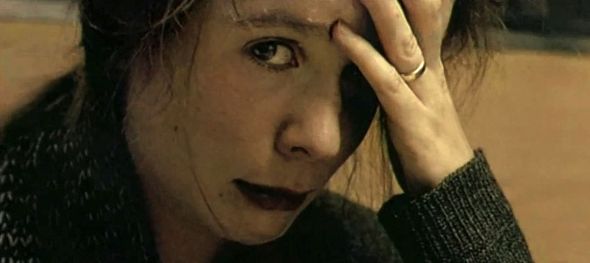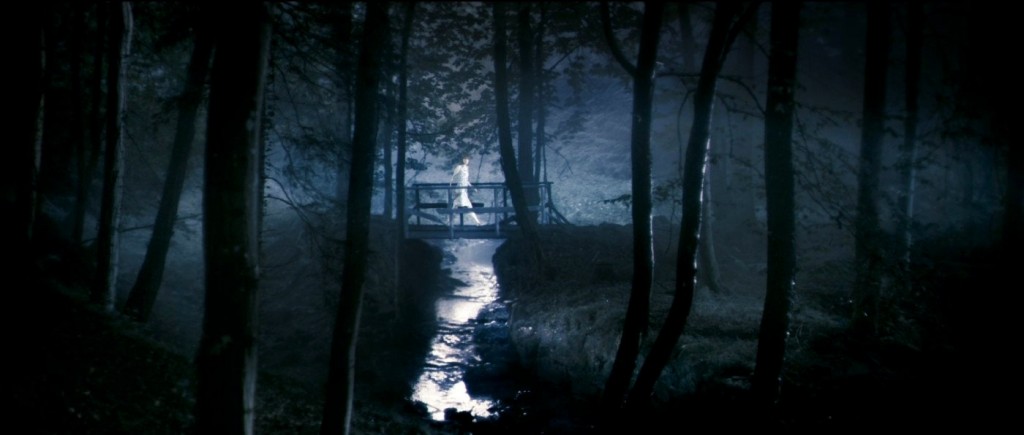 Most of us are familiar with The Bechdel Test. To qualify as female-friendly, a movie must meet three requirements:
Most of us are familiar with The Bechdel Test. To qualify as female-friendly, a movie must meet three requirements:
- It has to have at least two women in it,
- who talk to each other,
- about something besides a man.
Isn’t there more? Let’s face it—women, if movies indicate correctly, are really only good for two things: birthing babies and pleasuring males. And everything related to these things. Sex. Prostitution. Stripping. Staying home with babies. Agonizing over babies.
Did we mention sex?
Here’s a new test: is the movie about sex or motherhood? Luckily, we have many, many great examples in the modern film canon!
Yes, many male filmmakers hit the nail on the head with their vaginally focused characterizations of female characters. Here are 9 great examples. And, just for fun, let’s point out what these characters’ male counterparts get to do.
- Blue Velvet. When she’s not waiting to get her kidnapped son back, Dorothy Vallens loves to get hit by Jeffrey Beaumont. Meanwhile, Jeffrey’s off doing things like solving mysteries and getting rid of the bad guy.
- Breaking the Waves. Okay, granted, Jan Nyman was paralyzed in an oil rig accident and attempts suicide. He fails. While he recovers he gets to have sexual fantasies about his wife, Bess McNeill, after he urges her to go out and get some on his behalf. She has tons of sex. She thinks God is speaking to her. She ends up getting beaten to death and Jan’s all better just in time for the funeral. Big win for women’s rights!
- Antichrist. You can’t really mention Breaking the Waves without bringing in an even bigger score for women the world over. We’ve reviewed Antichrist in a previous Cinemulatto post. But how can we resist including it here? The mental breakdown after “She” loses her child? “He” only gets to keep his sanity, although later his penis gets bludgeoned. “She” gets to chop off her clitoris. Susan B. Anthony fought long and hard for such a privilege.
- Scarface (the Brian De Palma version). Say hello to my little trophy wife. She snorts coke all day and is devoid of mothering capabilities since “her womb is so polluted.” Tony Montana gets to build an empire before losing it. Where’s Elvira’s spin-off, where she becomes a gang warlord?
- The Accidental Tourist. We know this is based on a novel by a woman. Couldn’t this have been a case of alternative casting? Two women: one loses a child, another chases a man from her first appearance in the movie. You can catch him if you follow him on the job—as he travels the world and writes best-selling books. Who wants to be an author when you can work at a kennel in heels?
- Requiem for a Dream.
“I stole a cop’s gun. Or I think I did. I definitely stole a TV.”
“Yeah, well I was in a sex show with a double-headed dildo.”
“So what? I lost an arm and my buddy’s in prison.”
“What about your mom?”
“She’s psychotic.”
“So, wait. Motherhood and sex?”
“Oh.” - Leaving Las Vegas. A down and out guy controls his own destiny with the help of not a bartender, or a therapist, or a cop, but a prostitute. (For other titles in the “I’m here to forward your story and I either have a kid or a sex job or both” cf. The Wrestler, Taxi Driver, Pretty Woman, Trading Places, and maybe a few others.)
- Fight Club. I’ll be chain-smoking and waiting to have sex with you while you travel the world and double as the hot leader of an all-male wallop society. I have a cool costume and makeup, though.
- Only God Forgives. This film may not yet have a place in seminal film history, but Ryan Gosling’s blank stare is, by now, iconic. He spends his time with prostitutes. He reaches into his dead, overbearing mother’s womb. End scene.
These are just a few examples. We both know you’re familiar with more great ones.



